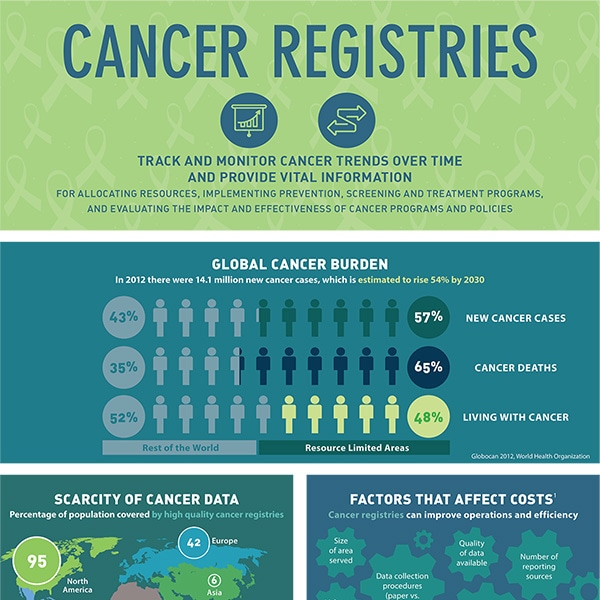Recognizing Various Kinds Of Hernias And The Surgeon'S Duty

Created By-Bullard Lindsey
A rupture takes place when fat or part of the intestinal tract pushes with muscle mass that ought to be holding it back. This can be painful, as well as it normally won't vanish by itself.
Occasionally https://www.nejm.org/doi/full/10.1056/NEJMoa2027030 require to be dealt with surgically. That's when physicians consider options like releasing muscular tissues, enhancing the abdominal wall surface or element splitting up.
Inguinal hernia
A small part of the intestine jabs via a weak point in your abdominal muscles near your groin (the inguinal canal is a passage in the lower part of your abdominal areas that houses blood vessels as well as nerves, consisting of the spermatic cord for guys and also the tendons that sustain a woman's womb). Hernia Surgery Inpatient Or Outpatient can have this hernia repaired operatively.
During surgical procedure, your medical professional can see the hernia using a camera connected to an extent that is put with a number of small cuts on your stubborn belly. Another device may be inserted via the very same cuts to assist fix the hernia.
After hernia repair service, it's important to follow your medical professional's advice for avoiding problems. This implies reporting any kind of hernial pain or discomfort that comes and goes, or worsens. It's also crucial to prevent hefty lifting as well as stressing, specifically while you're peing or coughing. A rupture that comes to be trapped and pinched loses its blood supply (it's called imprisonment) and also can pass away, which is a clinical emergency situation.
Umbilical hernia
In the womb, infants pass through a tiny opening between their stomach wall muscles near the stubborn belly button (umbilicus). Generally this shuts prior to birth, however sometimes it does not. This creates a rupture in 20 percent of all newborns.
Umbilical hernias resemble a swelling or bulge in the stomach switch. They are most visible when an infant weeps or stress. https://postheaven.net/andy67noel/a-comprehensive-guide-to-hernia-surgery-repair-what-you-required-to-know will get smaller sized or vanish when the kid is calm. Occasionally, umbilical hernias obtain stuck (called incarcerated) as well as do not receive adequate blood supply. This can cause discomfort and also also fatality of the tissues in the hernia sac.
Most umbilical hernias will close without treatment by themselves by age 4. When they do not, physicians at Mount Sinai typically repair them with mesh. This technique is related to fewer reoccurrences than key stitch fixing. The surgical treatment is done through a tiny incision inside or listed below the stomach button. A surgical mesh is placed over the hernia website to provide lasting stamina.
Incisional hernia
This type of hernia occurs at the site of a previous surgical injury. It normally happens when a loophole of the intestinal tract slips through the weak point at the edge of a surgical injury that has failed to heal appropriately because of infection or injury.
This is a hazardous hernia due to the fact that the intestine can end up being incarcerated and also require prompt medical treatment. It can additionally trigger persistent discomfort, and also the hernia might recur even after surgical treatment.
The doctor may make use of a thin, lighted range (called a laparoscope) to make a number of tiny lacerations (cuts). Via these incisions, they could get rid of excess fat and cells around the hernia and also fix the weak location of the abdominal wall surface. They might likewise put in a mesh spot that holds the sticking out intestine as well as prevents it from pushing through once again. They might shut the hernia with dissolvable stitches or medical adhesive and also place a plastic or mesh graft over the weak point in the abdominal area.
Hiatal hernia
The most typical sort of hiatal hernia is a sliding (kind I) hernia. This occurs when the joint between your esophagus and tummy protrudes up via the space in your diaphragm into your chest tooth cavity. This can create heartburn and problem swallowing.
Larger hernias, called paraesophageal (kind II, III and IV) or diaphragmatic (type V) hernias, can be very dangerous and also might need instant surgical treatment. These can cause lung problems and pneumonia, or can squeeze the tummy so snugly that its blood supply is removed.
BWH thoracic surgeons carry out laparoscopic surgery to minimize the dimension of ruptures and to stop strangulation. This entails making a few tiny cuts in your stubborn belly as well as inserting a tube with a cam that sends photos to a display. This permits surgeons to see what they are doing as well as gives a better recuperation.

